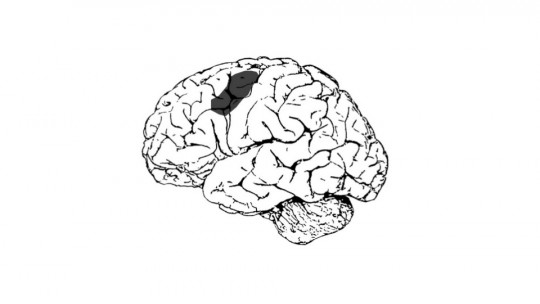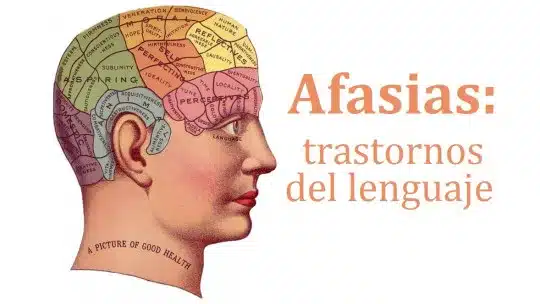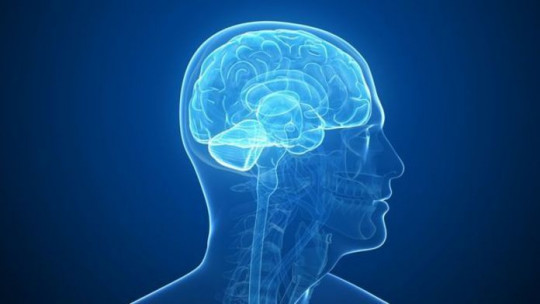Strokes and traumatic brain injuries, among many other causes, can cause alterations in the comprehension or production of spoken and written language if they damage the brain structures or connections that control these functions. We refer to these disorders as “aphasias.”
In this article we will describe The main symptoms and most common causes of Wernicke’s aphasia which is characterized by a pronounced deficit in language comprehension and other problems associated with it.
What are aphasias?
Aphasias are language disorders that occur as a result of injuries to the brain. Depending on the regions and neural pathways that are affected, very diverse signs may appear, which gives rise to different types of aphasia.
However, in many cases the deficits combine differentiated alterations or occur in a generalized way. When the latter happens, normally as a result of massive damage to the left hemisphere of the brain, we speak of global or total aphasia.
Some of himThe basic criteria used to classify aphasias They are the degree of verbal fluency, the quality of articulation of phonemes, the ability to understand and repeat words spoken by other people, the correctness of syntax and the presence of unintentional or erroneous phonemes.
Since the brain structures that control the production and understanding of speech correspond to the areas responsible for reading and writing, the deficits typical of aphasia not only appear in relation to spoken language but also in written language.
Description of Wernicke’s aphasia
Wernicke’s aphasia is mainly characterized by the presence of difficulties in understanding language, which in turn leads to an inability to repeat other people’s words; This criterion is very relevant in the neuropsychological evaluation of aphasias.
In contrast, and unlike what happens in other aphasias (particularly Broca’s), in Wernicke’s the fluidity of speech is maintained – in fact, in many cases it becomes excessively fluid. However, frequent errors appear and patients are usually not aware of them.
According to Aleksandr Luria, who calls this disorder “acoustic-agnosic aphasia,” the key problem with Wernicke’s aphasia lies in the analysis and synthesis of phonemes during the process of speech perception; The deficit is due to lesions in the secondary language areas, which control these functions.
This type of aphasia It is also known as “receptive,” “sensory,” “comprehension,” “acoustic,” “syntactic,” and “central” aphasia. These qualifiers refer to some of the most defining characteristics of Wernicke’s aphasia, which we will describe in detail below.
It is important to differentiate Wernicke’s aphasia from Wernicke-Korsakoff syndrome, a disorder that affects memory and other cognitive functions and that usually occurs as a consequence of chronic alcoholism or other factors that cause a deficiency of thiamine (vitamin B1), such as the desnutrition.
Symptoms and main characteristics
Wernicke’s aphasia can be identified primarily from the speech of the affected person. Even though this has normal rhythm, flow and prosody is characterized by frequent repetitions, errors and the inclusion of meaningless words and phrases.
The most characteristic symptoms and features of Wernicke’s aphasia are associated with receptive deficits, which prevent adequate language processing. Among the main clinical characteristics of this disorder we find the following:
Causes of this disorder
The aphasias They usually occur as a result of strokes although any other type of factor that causes damage to certain regions of the brain is likely to cause aphasia: head trauma, brain tumors, neurodegenerative disorders, viral infections…
In the case of Wernicke’s aphasia, the lesions are located in the posterior part of the superior gyrus of the left temporal lobe. Previously, this disorder was specifically associated with damage to the first left superior temporal gyrus, which corresponds to area 22 of the classification made by Brodmann or “Wernicke’s area.”
Damage to this section of the superior temporal gyrus not only affects the regions of the frontal lobe directly involved in language, but also isolates them from most of the temporal, parietal, and occipital lobes.











